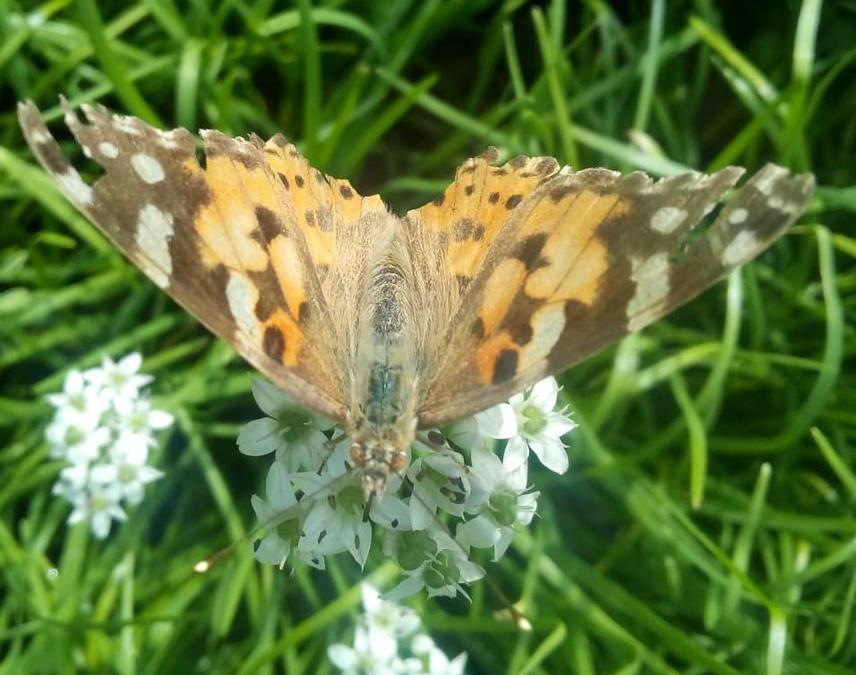Joyeeta Singh (Chakraborty)
High-altitude ecosystems of western-Himalaya are fragile, data-deficient as well as host many rare, endemic and endangered insects and plants. Pollinator insects, which play irreplaceable role in terrestrial ecosystems and are important bioindicators as well, are much understudied in the region. Present project aims to document abundance and distribution of pollinator insects across critical habitats of high-altitude (~3000 m) ecosystems of Kedarnath-Wildlife-Sanctuary (one of the largest protected area in Western-Himalaya) and understand their interaction patterns with host flowering-plants. Additionally, relevant educational outreach programs will be conducted among local community and tourists. Results are expected to produce useful ecological knowledge gaps, development of pollinator database from the region, identify priority species/groups or network for conservation. Insights on overall status of plant-pollinator insect network in the region will in turn indicate the functional integrity of these fragile ecosystems. Hence, the study might produce useful recommendations for improving existing conservation/ monitoring strategies.

©Anil Maithani
Pollinator insects play irreplaceable role in terrestrial ecosystems and are important bioindicators; yet much understudied in fragile high-altitude ecosystems of western-Himalaya. As proposed in present study, thorough documentation of pollinator abundance, habitat-wise distribution and plant-pollinator interaction added with educational outreach program among local communities are therefore imperative for knowledge gap-filling, identifying priority species/groups, improving existing conservation measures and spreading mass awareness.
Present project will be executed in the critical habitats of high-altitude (~3000 m) ecosystems of Kedarnath-Wildlife-Sanctuary of western Himalaya. One hectare plot representing the diversity of flowering-plants at each habitat would be delimited.
Major work components of this project include:
Real time field observation will be made during the peak flowering season (April-June) for understanding the relative abundance of pollinator insects, their habitat preference, cross-habitat distribution and migration capacity.
Abundance of flower-visiting potential pollinator-insect species will be recorded weekly (@ one habitat/day) through randomly selected linear transect walks by means of sweep-net techniques as well as by pan-trap methods (pan traps placed on randomly selected subplots within the habitat plot). An insect will be considered as potential pollinator if its head found deep in the corolla and body touching the flower-stigma.
Plant-pollinator interaction will be observed (plot based direct observation: visual-observation and video recording) weekly during the entire flowering-season at randomly selected 1x1(m2) subplots within each habitat-plot at the rate of 3 minutes observation/subplot. Details of visiting pollinator insect identity, flight and foraging behavior, number of visiting individuals and species, visiting duration and frequency will be recorded for subsequent computation of plant pollinator interaction-metrics. Additionally, identity of the visited flowering-plant will be noted. All the baseline information obtained from the study will be highly useful in identifying threatened pollinators and/or threatened plant-pollinator interaction from the alpine Himalayan ecosystems requiring immediate conservation attention, if any.
Educational outreach program will be conducted among local community, especially the younger generation, stakeholders and tourists to make them aware of threatened habitats of the pollinator insects and highlight their importance as indicator of healthy ecosystems. Project team members as well as forest officials and researchers/volunteers will organize group discussions, quiz competition, workshops, poster presentation, display of informative videos for this purpose. Leaflets illustrating diversity, aesthetic value, ecological and economical importance and conservation concern of pollinator insects, their host plants and the habitats will be distributed among locals.